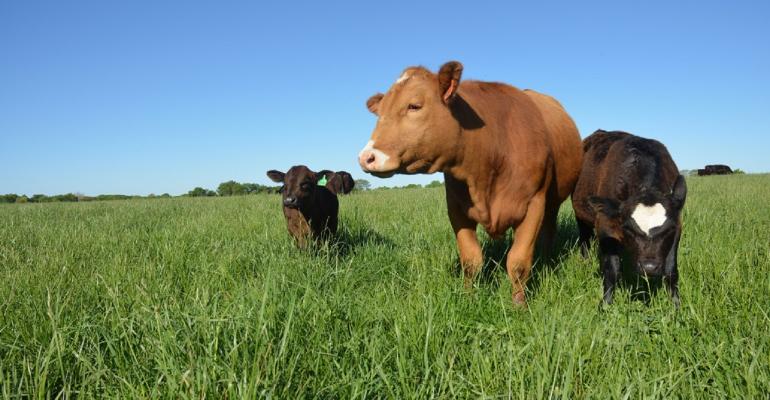Rabobank: China’s reopening provides opportunities for beef
A look at the beef supply and demand across the globe.

It’s no secret the U.S. beef herd size has shrunk due to the drought in 2022 and beef prices are breaking records across the country.
But the U.S.A. is not alone. Brazil also achieved record export volumes and returns due to a growing Chinese demand.
The softening in consumer sentiment and weaker beef pricing in late 2022 has flowed through into early 2023. While beef supply settings are favorable for beef prices, consumer confidence will continue to be tested and have a bearing on beef returns. China will remain a focal point, as the world watches to see how quickly the giant emerges from Covid lockdowns amid a slowing economic environment. It is anticipated that Chinese demand for beef will pickup in the second half of 2023 boosting global beef prices.
USA
The USA will be the other focal point. After setting records in both volume and value terms for beef exports in 2022, numbers are starting to show the contraction in production. Beef cow inventory has dropped to the lowest point since 1962 and feedyard inventories show a decline. The expected drop in U.S.A. beef production will cause a redistribution of global beef supplies and an overall tightening in the market.
Total beef production is forecast to be steady in quarter one with a 5 percent life in Australian and 2 percent increase in Brazilian production, almost enough to offset declines in the USA, EU-27 and New Zealand. The supply picture through 2023 is forecast to remain tight as U.SA production dips.
Cattle prices across most regions continued their downward trend. The notable exception being the USA, where more limited supplies are proving price support.
CHINA
Most of the world has reopened after COVID—however, China has had ongoing restrictions which influenced consumption. Now, as the restrictions go away, the changes in Chinese beef consumption could impact global beef markets.
The reopening will offer business opportunities but also generate volatility in the market. Rabobank expected household consumption to rebound strongly from the low base of 2022. In 2022, food and beverage retail sales saw marginal growth and foodservice sales take a big hit. Positive signs of recovery are merging.
Rabobank believes that after three years of living under COVID policies, Chinese consumers are more pragmatic, spending more money on the products which they perceive to be practical, valuable and worthy. Seeking added value will be important for consumers.
Weaker economic conditions will have some impact on the beef consumption of low-income groups, which tend to trade down. But to other consumer groups, beef is perceived to bring better taste, more health and different eating experiences compared with traditional meats. These consumer groups, mainly the younger generations, middle to high income families and health-conscious people, are increasing the frequency of their beef consumption. As consumer groups become more segmented, Rabobank sees beef experiencing both trading up and trading down. Rabobank expects a gradual increase in quality beef consumption, although total consumption may increase more slowly.
USA
Tighter cattle supplies remain a discussion point for producers and processors alike.
Winter weather disrupted production trends.
Lower whole beef prices are starting to be realized at retain, as consumer pressures increase.
Europe
Carcass prices have remained supported by tight supply despite economic headwinds.
Importers also benefit from ongoing tight supply.
China
Strong import growth in 2022, once again.
Reopening leads to recovery in eating-out-of-home channels, while high inventory of frozen beef may slow import pace in the first quarter.
Japan
Consumption keeps falling due to lower consumer confidence.
Import decrease for the third straight year.
Australia/New Zealand
Australian cattle prices lower as volumes start to lift.
NZ farmgate beef prices dropped steeply in the fourth quarter of 2022 but are expected to remain steady in the first quarter of 2023.
Brazil
Beef exports start the year with an increase year over year after an export record in 2022.
The average export price in December 2022 was the lowest since May 2021.
Brazil’s exports to China have been temporarily halted due to an atypical BSE case.
About the Author(s)
You May Also Like


.png?width=300&auto=webp&quality=80&disable=upscale)
